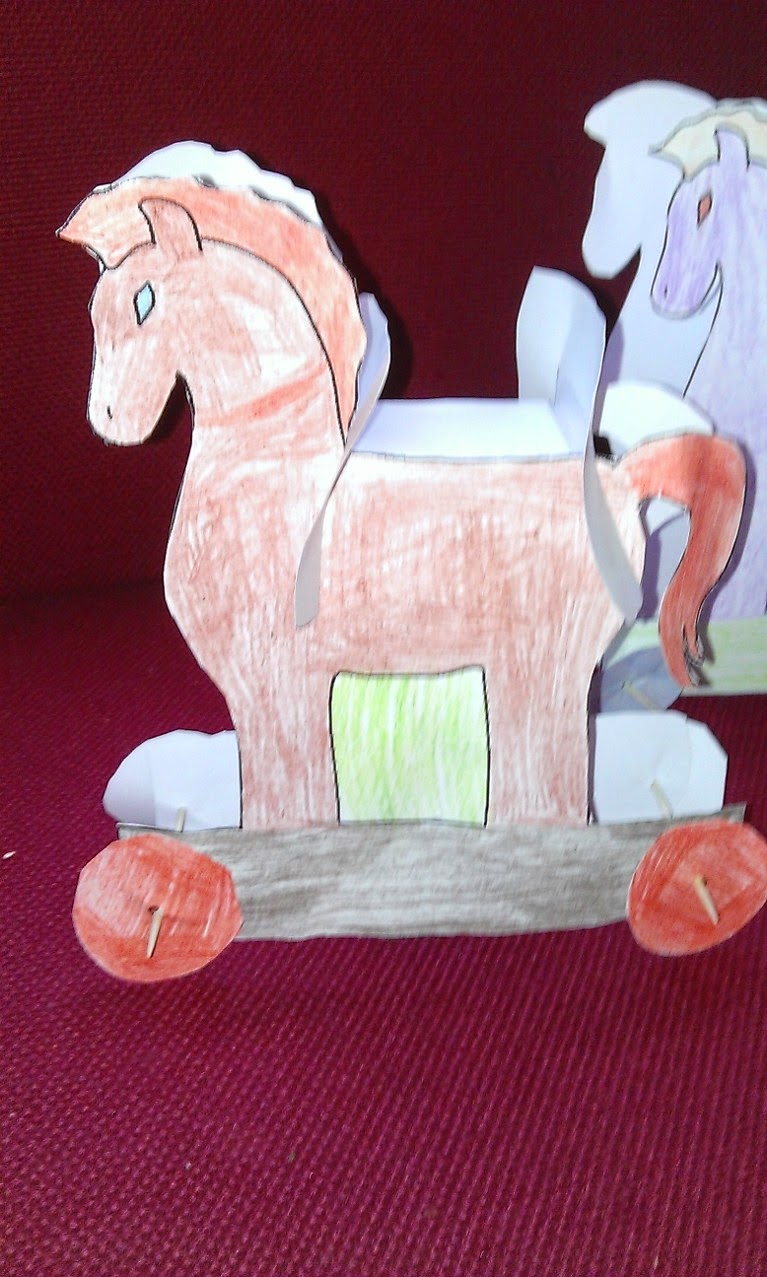Top 5 Assessment Strategies for the Art Room
1)
Target Rulers - My younger classes love this. As a school the children generally have a target for both maths and literacy which they know and have stuck in the back of their books. When I introduced this strategy the children really took to it like ducks to water. Again I got the rulers from a website. Each ruler has a list of focuses for the children to work on. i.e cutting, gluing and pencil control etc. I just circle the focus most appropriate for the individual child. Each ruler in then stuck in the back of their sketchbooks which they have out most lessons. The children can ticket the focus if they feel they have met the target and you can sign it off when they move on to the next focus.
click here for the target rulers.
2)
Show and Tell - I use a USB web cam to link to the IWB and show children's work at various points during the lesson. The children whose work it is then have to justify how it meets the success criteria for that lesson. The children love being chosen to have their work shown on the interactive whiteboard and the rest of the class show thumbs up or down if they feel it meets the success criteria. This is a great way to remind the children to use the success criteria as they work not just as a tick list at the end. It also gives those who may of left something out of their work time to make any changes they need.
3)
Peer Assessment Burger - This is a new strategy for me. I have seen it used in literacy lessons and thought I would adapt it for art. I was luck enough to find a template already
click here. This works great for plenaries and early finishers. Children need to be in pairs and swap work. each child fill out the burger with two what went well or what I like comments as the bread. The meat of the sandwich is one comment or sentence about what could be improved.
4)
Exit Tickets - Again not a new concept can be used in all subjects. Each child fills out an exit ticket about what they have learnt in the lesson today. This is great for you as the teacher as they can be looked over at a later date and inform planning. The children holds onto their ticket as the line up and as they walk out the door they stick their ticket to the board by the door. My most favourite comment to date is 'If I shut up and get on with it I get more work done' . For copies of the exit tickets
click here.
5)
Learning Walk - This can be done at any point in the lesson but I tend to use it at the end as a whole class assessment process. Each child after clearing up puts their work on their table. The class stands behind their seats and then has two minutes to walk around looking at others work. When the time is up they have to pick somebodies work to stand behind. No more than one person per piece of work. This means everyone gets an advocate for their work. Pick children at random to say why they chose this particular piece of work and assess it against the success criteria.

















































.jpg)